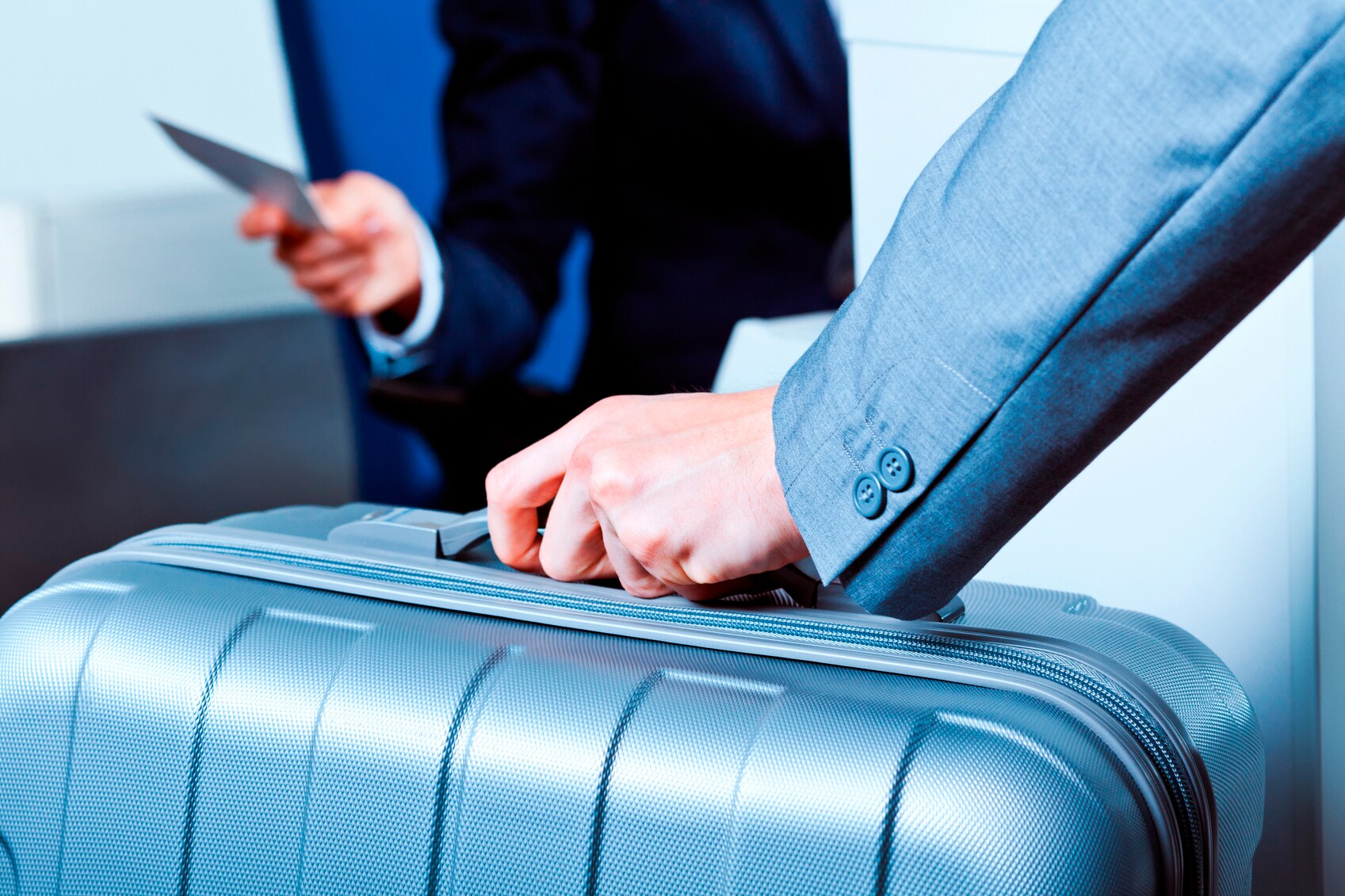 Most people in the mining industry are aware of portable XRF analyzers. They are held in the hand and are used on rock faces, in mines, and on geological samples to identify the elements. The results from the analyzers help mining operators and geologists make decisions about drilling, relocation, metal concentrations and mine mapping. They are invaluable at the mine site because they are small enough to do real-time analysis in the field. However, since a sample is irradiated with high energy x-rays from a controlled x-ray tube, some people have questioned its safety.
Most people in the mining industry are aware of portable XRF analyzers. They are held in the hand and are used on rock faces, in mines, and on geological samples to identify the elements. The results from the analyzers help mining operators and geologists make decisions about drilling, relocation, metal concentrations and mine mapping. They are invaluable at the mine site because they are small enough to do real-time analysis in the field. However, since a sample is irradiated with high energy x-rays from a controlled x-ray tube, some people have questioned its safety.
While the radiation emitted from a portable XRF analyzer is similar to the exposure received in a normal medical or dental x-ray, care must be taken to always point a handheld XRF analyzer directly at the sample and never at a person or a body part. However, radioactive material is considered a hazardous material (HAZMAT) for the purposes of transport. This means that the transportation of a portable XRF device containing radioactive sources is regulated. (You can learn more about X-Ray technology in this free ebook.)
We got a great question on this subject via our twitter account:
@thermofisher flying from SF to NY on Thursday. Wondering if Niton XRF Analyzers are allowed in check-in luggage on an airplane. #radiation
Here’s the answer:
Thermo ScientificTM NitonTM portable XRF analyzers (depending on the model) contain one of the following two excitation sources:
- A sealed radioactive source(s) which are prohibited by the Department of Transportation (DOT) on passenger aircraft.
- An X-ray tube which is not regulated by DOT as it is not a hazardous material.
Also note that all of our XRF analyzers run on lithium ion batteries which are regulated in transport as a hazardous material. The lithium ion batteries in our Niton XRF Analyzers are prohibited in checked luggage, as they are considered “spare” batteries under TSA rules. They must be taken only as carry-on. They should also be individually wrapped (zip-lock bags for example) to prevent short circuits.
If your device contains an x-ray tube, then you can transport the device (without the batteries) as checked luggage but you must take the batteries on in your carry-on luggage. The following is a TSA guide to transporting lithium ion batteries on a passenger aircraft: http://www.faa.gov/about/office_org/headquarters_offices/ash/ash_programs/hazmat/passenger_info/media/Airline_passengers_and_batteries.pdf
If your device contains a sealed source of radioactive material, we recommend shipment by a common carrier that transports hazardous material such as Fed Ex. Consideration must be given to both the radioactive material and the lithium ion batteries. You can get training on transporting & shipping our products here: Radiation Safety Training.
Editor’s Note: Thank you to the reader for the question. If you have a question, comment below and we’ll get the expert answer for you.






DO you need to do anything special at TSA to check the container on the flight? Or fill out a form? I have a Niton XL3t
Check your XRF Safety training for the latest information: https://www.thermofisher.com/us/en/home/industrial/spectroscopy-elemental-isotope-analysis/portable-analysis-material-id/xrf-radiation-safety-training.html